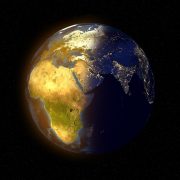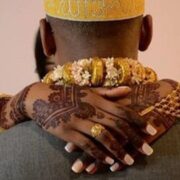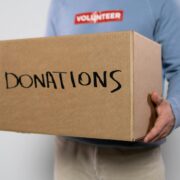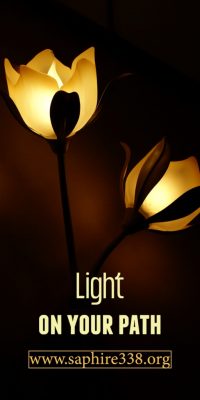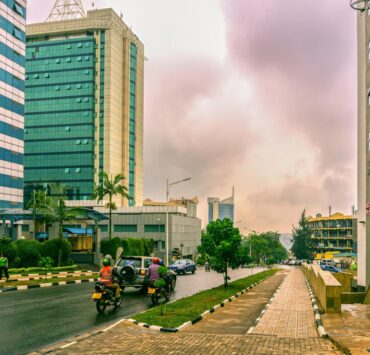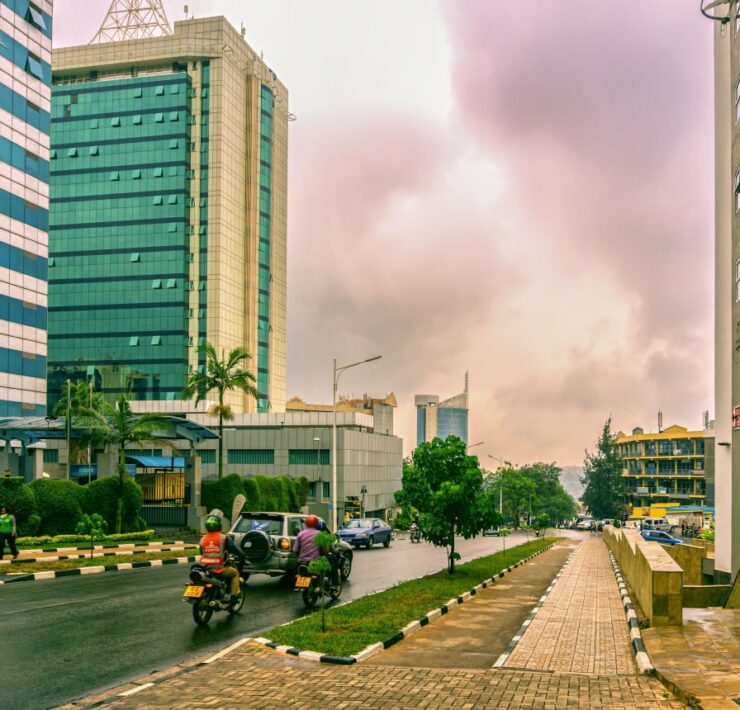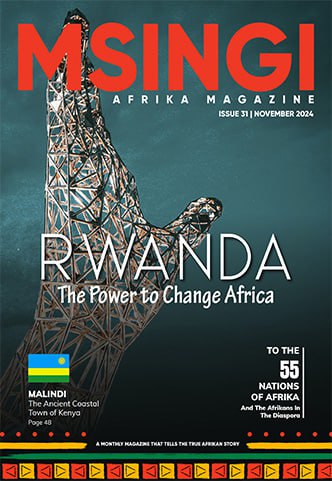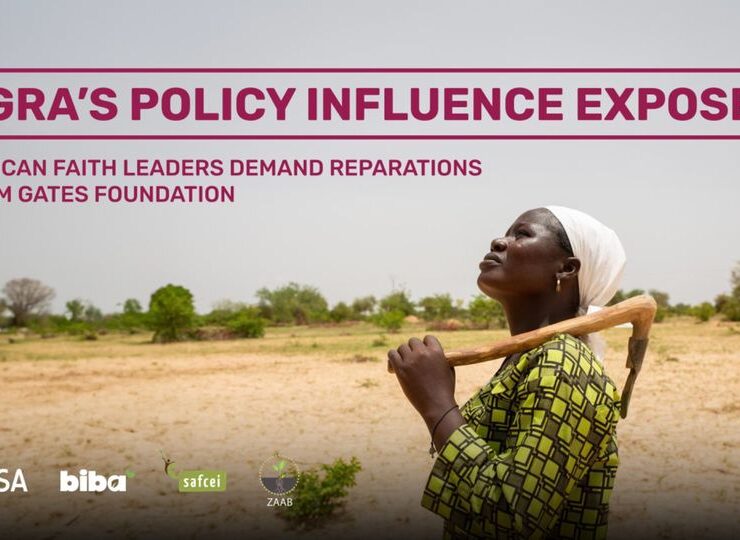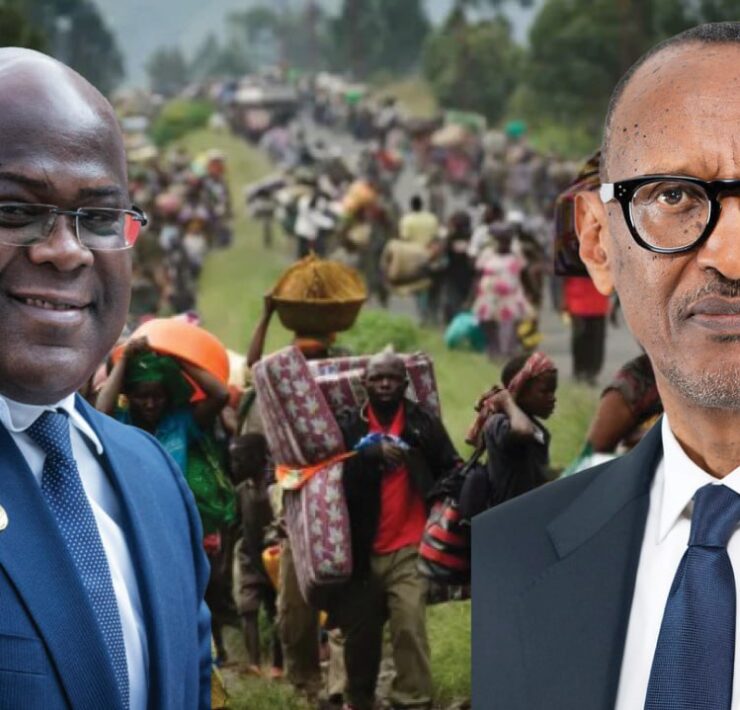Rwanda’s Sustainable Journey: Leading the Way in Africa’s Built Environment
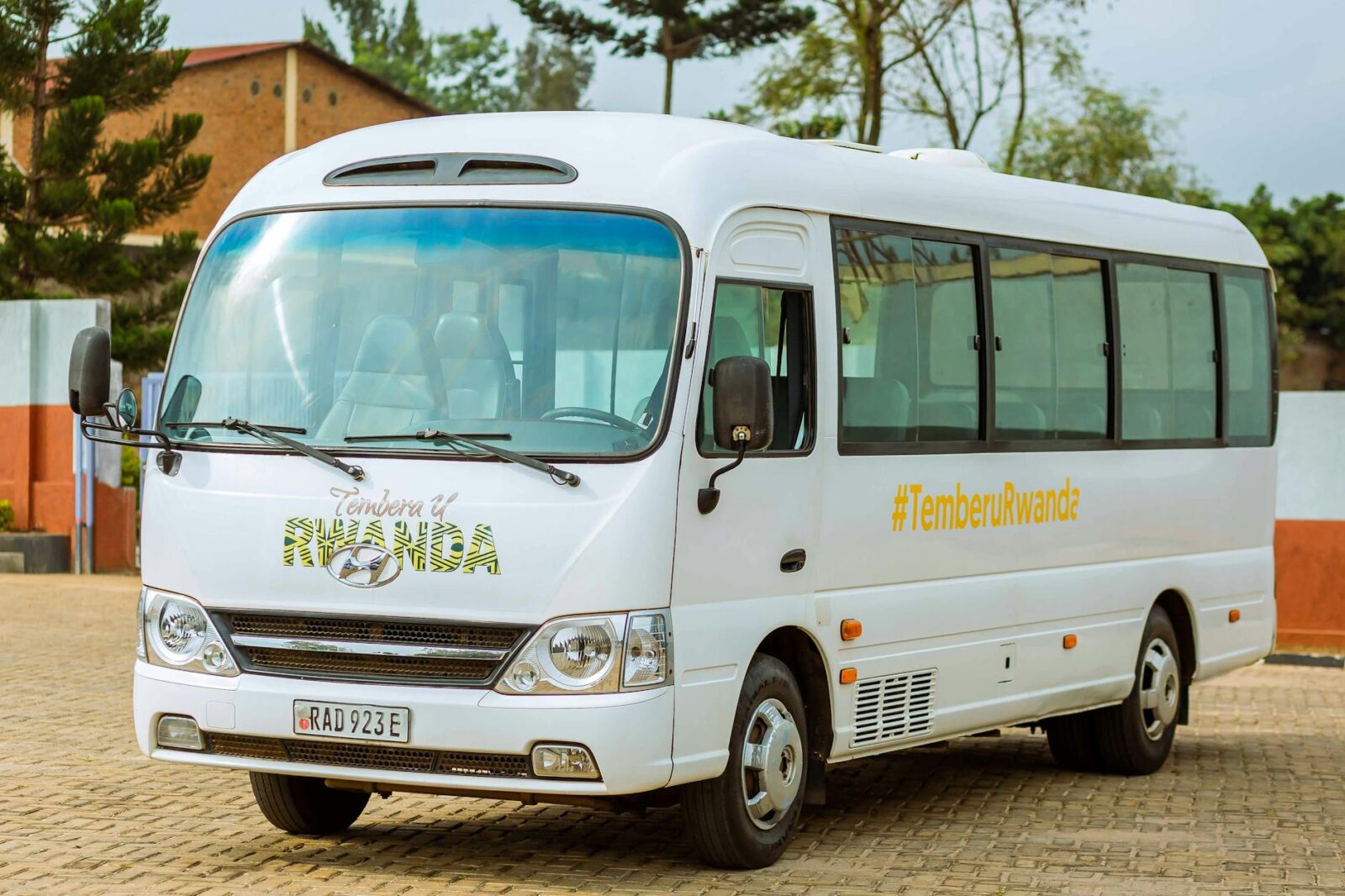
I offer sustainable design and construction services as a construction…
Read Next
Rwanda, often referred to as the “Land of a Thousand Hills,” is making strides towards becoming a beacon of sustainability in Africa. By embracing localized, contextually relevant strategies, Rwanda is not only addressing the pressing challenges of climate change but also ensuring that its development is inclusive, affordable, and culturally attuned. Central to this journey are the standardization of rukarakara mud bricks for construction and the ambitious Green City Kigali Master Plan. These initiatives showcase Rwanda’s commitment to crafting a sustainable built environment that resonates with its unique social, cultural, and economic landscape.
The Standardization of Rukarakara Mud Bricks: A Cultural and Affordable Solution
Rwanda’s continued use of rukarakara, a type of traditional adobe (mud) brick, for construction is a testament to the country’s dedication to sustainability through affordability and cultural relevance. In a region where modern construction materials can be prohibitively expensive for many, especially low-income earners, the use of locally sourced and affordable rukarakara bricks offers a practical solution.

The Rwanda Housing Authority (RHA) has taken significant steps to ensure the safe and efficient use of rukarakara bricks. The implementation of the Adobe Bricks Standards No. 484:2022 is a landmark achievement that has standardized the dimensions, composition, and construction methods for rukarakara bricks. These guidelines are crucial in maintaining the structural integrity of buildings constructed with these materials, ensuring that they meet safety requirements while remaining affordable. The legislation mandates training for building inspectors for its use as well as only allowing those building with the material to only construct single-storey residential houses.
Moreover, the government’s focus on training and organizing builders into associations further strengthens the quality of rukarakara constructions. By requiring that builders undergo proper training and adhere to strict guidelines, Rwanda ensures that homes built with these bricks are not only affordable but also durable and safe. This approach not only empowers local communities but also promotes the use of environmentally friendly materials that align with Rwanda’s broader sustainability goals.
By embracing rukarakara, Rwanda has localized its construction methods rather than adopting imported techniques that may not suit local needs or climates. This approach not only preserves cultural building traditions but also reduces costs and environmental impact by minimizing the use of cement and other high-energy materials. The government’s support for this initiative, including mandatory training and the organization of builders into associations, ensures that structures meet the required standards, enhancing the overall quality of housing in the country.
Green City Kigali: A Vision for Sustainable Urban Living
The Green City Kigali Master Plan is perhaps the most ambitious demonstration of Rwanda’s commitment to sustainability. This ambitious initiative envisions an inclusive, affordable, and environmentally friendly urban community on Kinyinya Hill in Gasabo District. The 600-hectare master plan, designed to house 170,000 to 200,000 residents, is a flagship project of the Rwanda Green Fund, demonstrating the country’s dedication to creating a sustainable future that is tailored to its unique context.

The master plan is grounded on four key pillars: affordable and socially equitable development, climate change adaptation and mitigation, resource efficiency, and culturally sensitive urban planning that is deeply rooted in the local context. Unlike many urban projects that replicate Westernized sustainability models, Green City Kigali integrates local needs and priorities, focusing on creating a compact, connected, and community-driven environment, prioritizes the needs and realities of Rwandan society.
Contextualized Sustainability: Aligning with Cultural, Social, and Economic Realities
One of the standout aspects of the Green City Kigali initiative is its integration of social equity and cultural sensitivity. Through extensive community consultations lasting over 2 months, including engagement with the Kinyinya community, public institutions, academia, and private sector stakeholders, the master plan reflects the needs and aspirations of local residents. The plan emphasizes mixed-use neighborhoods that enhance community interaction, public spaces that foster social well-being, and infrastructure that improves quality of life without displacing residents.
The Green City Kigali also prioritizes affordability, ensuring that green urbanism is accessible to all, not just the wealthy. The first stage of the project, covering a 16-hectare site, will provide affordable housing alongside essential amenities like schools, hospitals, and business centers, reinforcing the master plan’s commitment to inclusive urban growth.

Localized Climate Action: Adapting to Rwanda’s Environmental Context
Climate change adaptation and mitigation are integral to the Green City Kigali Master Plan, aligning with Rwanda’s broader environmental goals. The plan promotes resource efficiency, including the use of sustainable building materials and energy-efficient designs that are suited to Rwanda’s climate. By localizing these climate strategies, Rwanda ensures that its solutions are practical and effective, addressing specific environmental challenges faced by the region.
The plan also incorporates blue and green networks, enhancing water management and biodiversity within the urban environment. These networks not only contribute to climate resilience but also provide recreational spaces that improve residents’ quality of life.
Collaboration and Innovation: A Model for Africa’s Future Cities
The success of the Green City Kigali Master Plan is a result of strong collaboration between the Rwandan government, international partners like the German government through KfW Development Bank, and technical experts from various fields. This partnership-driven approach ensures that the master plan is backed by the latest innovations in sustainable urban planning while remaining rooted in Rwanda’s local context.
As Rwanda continues to champion sustainable development, its contextualized and localized strategies serve as a model for other African countries seeking to create green and inclusive urban environments. By prioritizing affordability, cultural sensitivity, and community well-being, Rwanda is not just building a green city—it is pioneering a new paradigm of urbanism that aligns with the social, economic, and environmental realities of the African continent.
Localizing Sustainability: Rwanda’s Unique Approach
What sets Rwanda apart in its sustainability journey is its commitment to localizing solutions rather than copying and pasting models from other regions. The rukarakara mud bricks and the Green City Kigali Master Plan are prime examples of how Rwanda is crafting a sustainable future that is uniquely Rwandan. By prioritizing cultural, social, and economic factors, Rwanda is not only addressing environmental challenges but also ensuring that its solutions are relevant and effective for its people.
This approach is particularly important in the African context, where many sustainability models imported from the West often fail to resonate with local realities. By developing its own standards and strategies, Rwanda is setting a powerful example for other African nations to follow—a model of sustainable development that is deeply rooted in the local context, yet ambitious enough to address global challenges.
Conclusion
Rwanda’s journey towards a sustainable built environment is a story of innovation, resilience, and cultural pride. Through the standardization of rukarakara mud bricks and the development of the Green City Kigali Master Plan, Rwanda is demonstrating that it is possible to build a sustainable future that is affordable, culturally sensitive, and environmentally responsible. As Rwanda continues to lead by example, it is not only shaping the future of its own cities but also inspiring a new wave of sustainable development across the African continent.
Subscribe now for updates from Msingi Afrika Magazine!
Receive notifications about new issues, products and offers.
What's Your Reaction?
 PIN IT
PIN ITI offer sustainable design and construction services as a construction project manager and quantity surveyor. I focus on using sustainable materials for building. You can reach me at rnmbiu1@gmail.com









